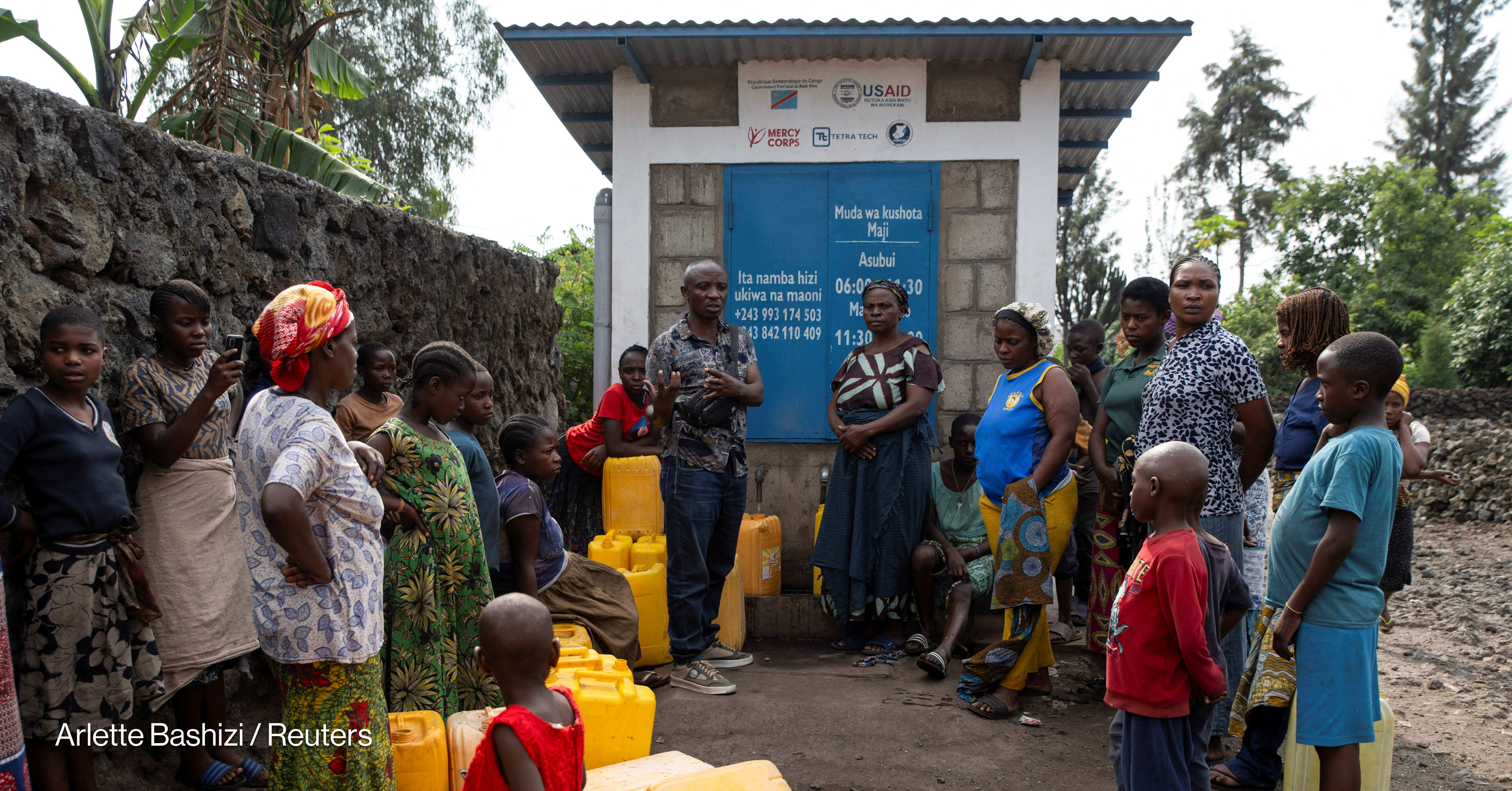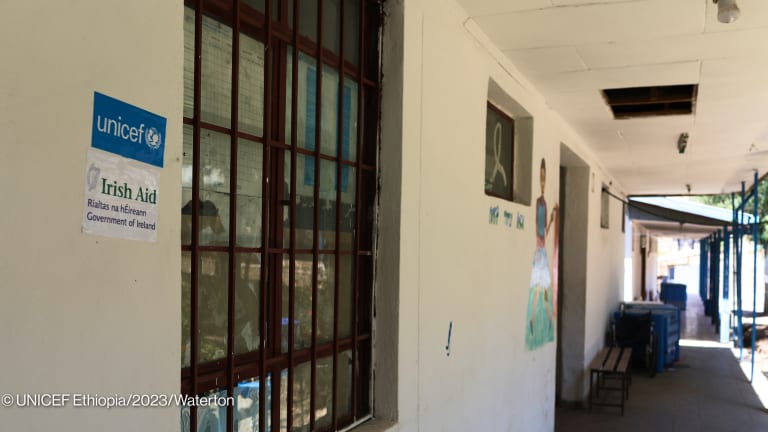
Government spending on development aid plunged by 4 percent in 2012, after dropping two percent the year before, the Organization for Economic Cooperation and Development said in a statement on Wednesday.
In 2012, the 25 member countries of the OECD’s Development Assistance Committee provided $125.7 billion in net official development assistance, representing 0.29 percent of their combined gross national income.
Since 2010, ODA has fallen by 6 percent in real terms and this year’s fall is the largest since 1997.
The OECD blamed the decrease on the continuing financial crisis, especially in the euro area, which has prompted several EU member state governments to tighten their development budgets.
A shift in aid allocations
In addition, aid has noticeably shifted from the poorest countries toward middle-income nations in the Far East and South and Central Asia, albeit most likely in the form of “soft loans,” the organization noted in its statement.
OECD Secretary-General Angel Gurría is concerned about this downward trend and how it is affecting the poorest countries, precisely those who most need aid.
“It is worrying that budgetary duress in our member countries have led to a second successive fall in total aid, but I take heart from the fact that, in spite of the crisis, nine countries still managed to increase their aid,” he said.
Data for 2012 show that although total net ODA fell, along with a fall in core contributions to multilateral institutions, aid for core bilateral projects and programs actually rose by 2 percent in real terms.
However, bilateral aid to sub-Saharan Africa fell by almost 8 percent in real terms compared to 2011; aid elsewhere on the African continent fell by almost 10 percent; and bilateral net ODA to least-developed countries fell by 12.8 percent in real terms.
Donor performance
The largest donors in 2012, by volume, were the United States, the United Kingdom, Germany, France and Japan.
Net ODA rose in real terms in nine countries, with the largest increases recorded in Korea (+17.6 percent), Australia (+9.1 percent), Luxembourg (+9.8 percent), Austria (+6.1 percent) and Iceland (+5.7 percent).
By contrast, it fell in 15 countries, with the largest cuts recorded in Spain (-49.7 percent), Italy (-34.7 percent), Greece (-17 percent) and Portugal (-13.1 percent) — the four countries most severely affected by the eurozone crisis.
Toward 2015
Erik Solheim, the OECD-DAC chairman, will continue to encourage DAC members to live up to their commitments.
“Maintaining aid is not impossible even in today’s fiscal climate,” he said in a statement.. “The U.K.’s 2013-14 budget increases its aid to 0.7 percent of national income, which gives hope that we can reverse the falling trend.”
Indeed, on the basis of the OECD-DAC survey on “Donors’ Forward Spending Plans,” a moderate recovery in aid levels is expected in 2013.
Gurría said he hopes the trend will be reversed before the 2015 deadline for achieving the Millennium Development Goals: “This is essential if aid is to play its part in helping achieve the goals,” he said.

Source: OECD. See the interactive graph here.
Read more development aid news online, and subscribe to The Development Newswire to receive top international development headlines from the world’s leading donors, news sources and opinion leaders — emailed to you FREE every business day.








